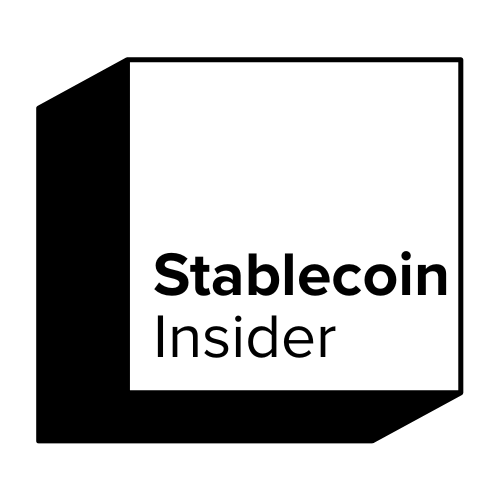The idea of machines transacting independently once seemed the stuff of science fiction. But with the rapid advancement of artificial intelligence (AI) and blockchain technology, the prospect of autonomous agents executing real-time, real-world payments is becoming increasingly viable.
As AI systems gain autonomy, a critical question arises: how will these digital entities handle payments in a seamless, global, and programmable way?
Enter stablecoins.
The Machine Economy Takes Shape
AI-powered agents are no longer limited to customer service chatbots or algorithmic trading systems. They are evolving into sophisticated decision-makers capable of negotiating contracts, purchasing services, and managing logistics all with minimal human input. Picture a delivery drone negotiating a recharge fee, or an algorithm sourcing cloud computing power from decentralized networks.
This emerging “machine economy” requires a reliable form of digital money that is scalable, borderless, and programmable. In this context, stablecoins (cryptocurrencies pegged to fiat currencies) like the U.S. dollar are emerging as a strong contender.
Why Stablecoins Are a Logical Fit
Stablecoins such as USDC, USDT, and DAI offer several advantages that align with the operational needs of autonomous systems:
- Stability: Unlike volatile cryptocurrencies, stablecoins maintain a consistent value, essential for budgeting and transaction certainty.
- Programmability: Smart contracts enable automated, conditional payments without intermediaries.
- Global Accessibility: Transactions can occur across borders without reliance on the traditional banking system.
- 24/7 Liquidity: Machines operate nonstop; stablecoins do too, eliminating downtime common in fiat systems.
These features position stablecoins as an efficient medium of exchange in a world run by autonomous agents.
Real-World Use Cases for AI-Stablecoin Integration
While still in its infancy, the machine economy offers intriguing possibilities for AI-stablecoin interactions:
1. Machine-to-Machine (M2M) Transactions
Autonomous delivery drones could pay charging stations in USDC based on electricity usage. Smart contracts could facilitate instant micropayments for each unit consumed, optimizing energy usage and billing.
2. Decentralized AI Marketplaces
AI developers might upload models to decentralized platforms where other AI agents can lease them using stablecoins. Payments could be processed per inference, per API call, or even via streaming micropayments.
3. Smart Cities and IoT
Sensors embedded in city infrastructure could monetize real-time data. For example, a traffic sensor could charge a navigation AI a fraction of a cent in DAI for hyper-local data, with all transactions settled on-chain.
4. Automated Procurement
Procurement AIs could autonomously compare prices, negotiate terms, and pay for services such as bandwidth or cloud computing using stablecoins, streamlining enterprise operations.
5. Data Monetization and Ad Targeting
Personal AI agents may one day sell anonymized user data to marketing AIs in exchange for stablecoins, managing permissions and optimizing for user benefit.
The Roadblocks Ahead
Despite the potential, several challenges must be addressed before stablecoin-powered AI transactions become commonplace:
- Regulatory Landscape: Ongoing uncertainty around stablecoin classification and compliance may hinder adoption.
- Security Concerns: Autonomous agents managing wallets pose a significant cybersecurity risk.
- Lack of Standards: No universal protocol exists for inter-agent payments across different blockchains.
- Trust and Identity: Reliable systems for agent identity verification and reputation management are still under development.
The Infrastructure Is Coming
Projects like Fetch.ai, Ocean Protocol, and peaq are laying the groundwork for an AI-integrated crypto economy. They provide tools for decentralized data exchange, compute leasing, and autonomous service coordination—all potentially paid for using stablecoins.
What these platforms have in common is an acknowledgment that value must be easily transferable among machines. Stablecoins offer a familiar, regulatory-friendly format for embedding payments into AI workflows.
Final Thoughts
Will AI agents use stablecoins to pay each other? The answer increasingly appears to be “yes.”
As artificial intelligence and blockchain technology continue to converge, stablecoins are well-positioned to become the de facto currency of the machine economy. They offer the precision, programmability, and global reach that autonomous agents need to operate efficiently.
While obstacles remain, the vision of machines transacting in stablecoins, invisible to human users, yet vital to digital infrastructure—is fast becoming more than theoretical.
In the coming years, stablecoins could quietly become the backbone of a new kind of commerce: one where the participants aren’t people, but algorithms.
Read Next:

